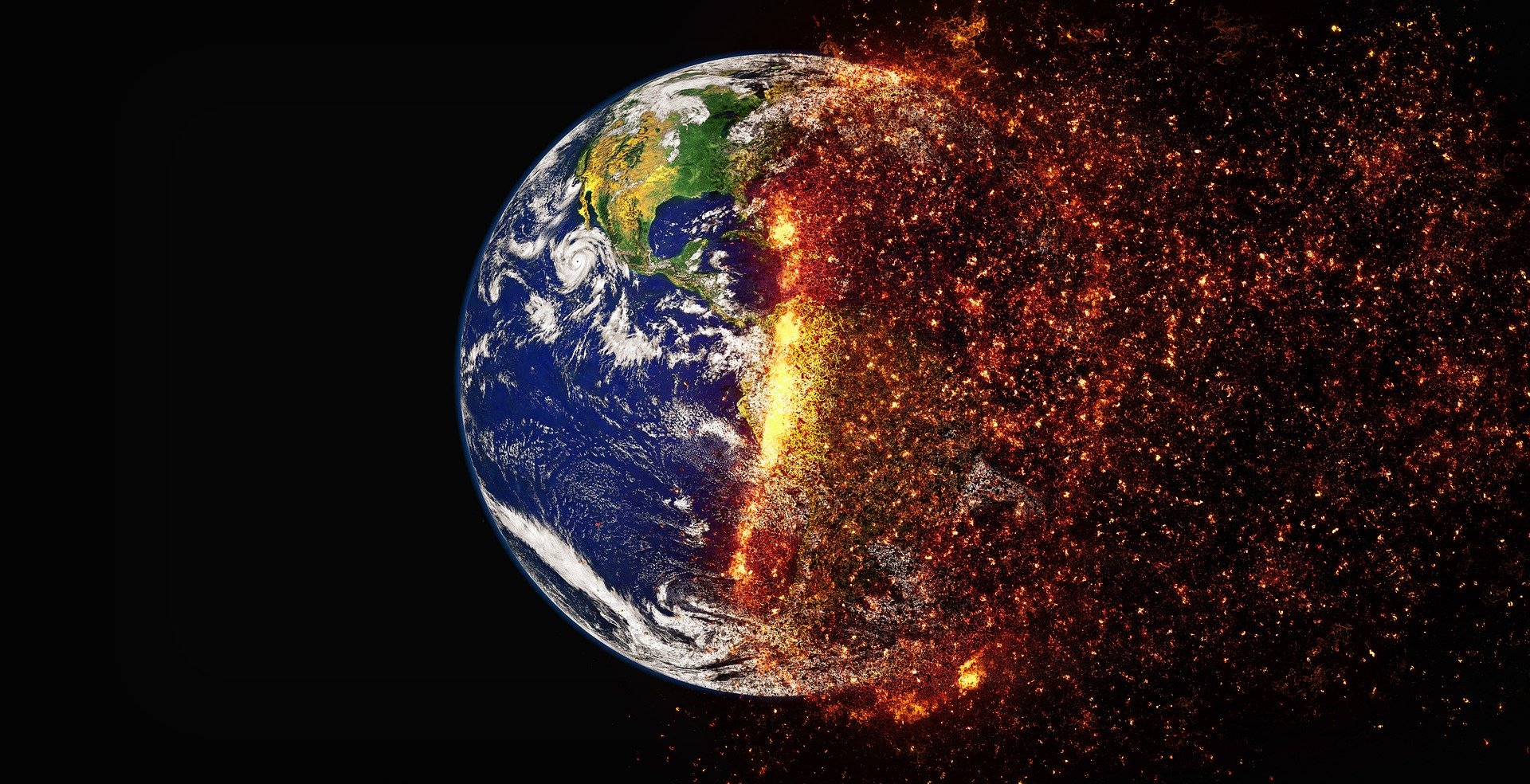In his essay “Translocal Climate Justice Solidarities,” Paul Routledge emphasizes the significance of transcending personal and spatial limitations by widening basic conceptions of solidarity, particularly as it pertains to climate justice and climate-related conditions of hegemonic structures, so as to posit achievable means to alternative models for just and efficient co-habitation.
Touching on capitalism’s structural “accumulation by dispossession,” especially in contrast to factors such as “food sovereignty,” Routledge’s essay harks on the understanding that the current climate system already works translocally but by the means of exploitation of resources and of peoples. The political counter-power rests, therefore, in the people affected by these exploitations.
But which people? How are they affected? These questions may not be able to be answered by those functioning at the top of the hegemonic power structures, but rather, the answers to these questions, too, emerge from below, from the people affected by the injustices. There are differences between peoples and differences between consequential climate injustices.

Image by Sam-Lund Harket
https://www.globaljustice.org.uk/blog/2018/nov/19/climate-justice-and-extinction
Routledge writes:
[A] key issue concerning the forging of meaningful solidarities is how the
network’s ‘imaginary’ is visualized and developed at the grassroots: how to construct
senses of shared (or ‘tolerant’) identities (della Porta 2005) concerning climate justice
amongst very different place‐based communities. This will require the co‐recognition and
internalization of others’ struggles in a ‘global’ community. In part this must be based on
shared values and principles (common ground) concerning economic and political justice
and ecological sustainability (9).
Local, cultural and linguistic differences may pose further limitations, but, as Routledge supports, co-recognition and solidarity based through chains of equivalence can be the starting point of a power that rises against the hegemony at the strings of climate change. Routledge believes that climate justice networks can be formed from this starting point and can develop a medium through which local place-based and group-based concerns can be acknowledged and implemented.
Determining an “imaginary” of the network, as Routledge describes it, relies, at root, on the basis of shared values and principles. This inevitably roots the issue in discourse; but through discourse, what is at heart of the issue can extend beyond discourse, into practical and effective bonding for social change. As Rob Leurs explains, Laclau’s and Mouffe’s “chain of equivalence” provides a discursive practice that goes beyond essentialism, without turning things into eclecticism. Meaning of the issue may be subjective to local groups, but meaning from the issue, as it is agonistic to hegemonic injustices, becomes grounds for solidarity translocally.
Upon first reading, Routledge’s essay appears a bit dense in build-up of referential discourse on the challenges and pathways to solidarity; but further analysis has me wondering whether communication technologies (such as social media) could facilitate climate justice network models and whether third spaces and fourth spaces could produce alternative effects through changing cultural structures and avenues to access of information and participation. Routledge believes that the imaginary must begin at the grassroots, but how is a grassroots accurately conceptualized without linguistic and cultural conventions? We end up at de-contextualized values and principles that discursively operate as a mode of charged symbolic meaning-for (for justice) in order to reach a meaning-from (from structural change). The core grassroot non-distinction, therefore, is a matter of mutual impressions of suffering.


